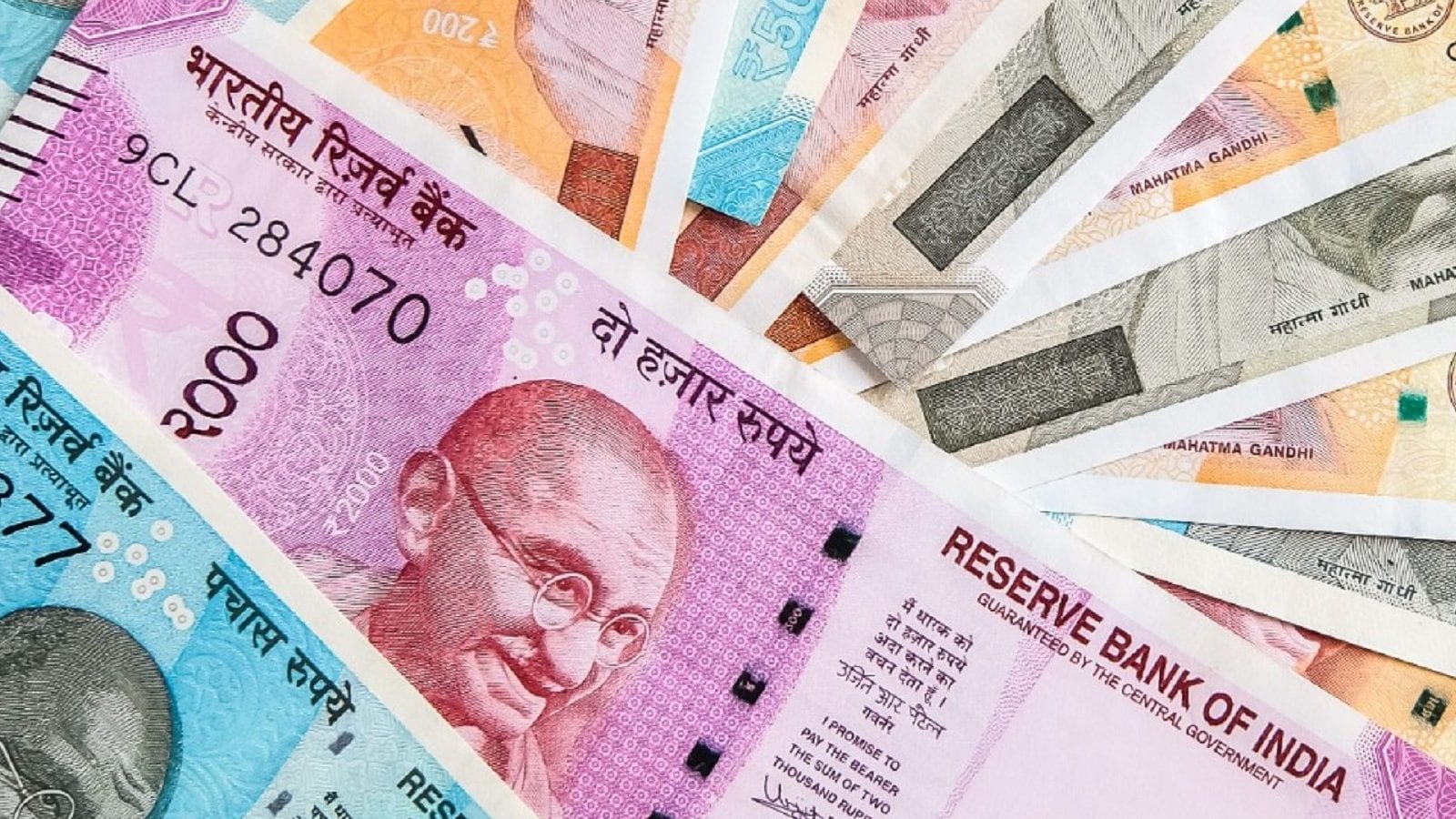Senior Citizen Savings: 5 Tax-Saving Investment Options Explained
The investment market is flooded with lucrative schemes but finding the one that suits your needs is not an easy job. You are often torn between a low-risk low return option and a high return but high-risk scheme. However, amidst this confusion, there are also schemes that offer good returns with low or no risks involved. Some of these schemes also have tax benefits that make them a solid investment option for someone who is looking to drive maximum return without any risk. So, if you are a senior citizen looking to invest your hard-earned savings in stable investing options, then these schemes might just be a good option for you.
Tax Saving Fixed Deposits
Fixed Deposit is one of the most preferred investment options for risk-free investors. While the usual FDs come with flexible tenure, the ones offering tax benefits have a minimum lock-in period of five years. Senior citizens can avail tax benefits of upto Rs 1.5 lakhunder these tax-free FD options. Further, there’s flexibility in options of getting a return and you may choose to receive the interest yearly, quarterly or monthly. India’s largest public-sector lender, the State Bank of India offers an interest rate of 6.2 per cent on a tax saving scheme for senior citizens
Senior Citizen Savings Scheme (SCSS)
Another tax-saving investment scheme that is very popular among senior citizens is the Senior Citizen Savings Scheme (SCSS). You can open an account under SCSS at your nearest bank or post office with accurate age proof.The rate of return under this scheme remains the same, irrespective of whether you open the account at a bank or post office. Deposits in SCSS have to be in multiples of Rs 1000 and the current rate of return is 7.4 per cent.
Tax-Free Bonds
Bonds issued by public sector undertakings like HUDCO, NTPC, NHPC, NHAI, IRFC and others are also a preferred investment option for senior citizens falling in the highest tax brackets. These bonds are issued by the government for a period of 10, 15 and 20 years. However, investors also have the option to sell these bonds to the secondary market before the maturity period. These bonds are notified by the government and you can buy them through your Demat account. Alternatively, there’s also the option of buying bonds from the secondary market as they are listed on NSE and BSE. The rate of return received on such bonds is risk-free
Public Provident Fund (PPF)
Public Provident Funds is another popular investment scheme that offers secured good returns with tax benefits. You can open your PPF account with your nearest Post office or a bank with yearly deposits as low as Rs 500. The maximum yearly deposit allowed under this scheme is Rs 1.5 lakh. PPFs come with a maturity period of 15 years and the current rate of return on them is 7.1 per cent (compounded yearly). Investments in PPFs also qualify for tax benefits under section 80C of the Income Tax Act.
NPS
The National Pension Scheme (NPS) offered by the Pension Regulatory and Development Authority (PFRDA) is open for all employees. While the previous age limit to join NPS was 65 years, it has now been extended to 70 years. You can register under NPS with a minimum yearly deposit of Rs 6,000 that may be done in a lump sum or monthly instalment of Rs 500. The scheme is linked to the equity market and offers more return than some of the other saving schemes in the market. Return of NPS varies between 9 to 12 per cent.
While these options sound good on paper, its always advised to do good market research and explore options before putting your money into any scheme.
Read all the Latest News, Breaking News and Coronavirus News here. Follow us on Facebook, Twitter and Telegram.
For all the latest business News Click Here

